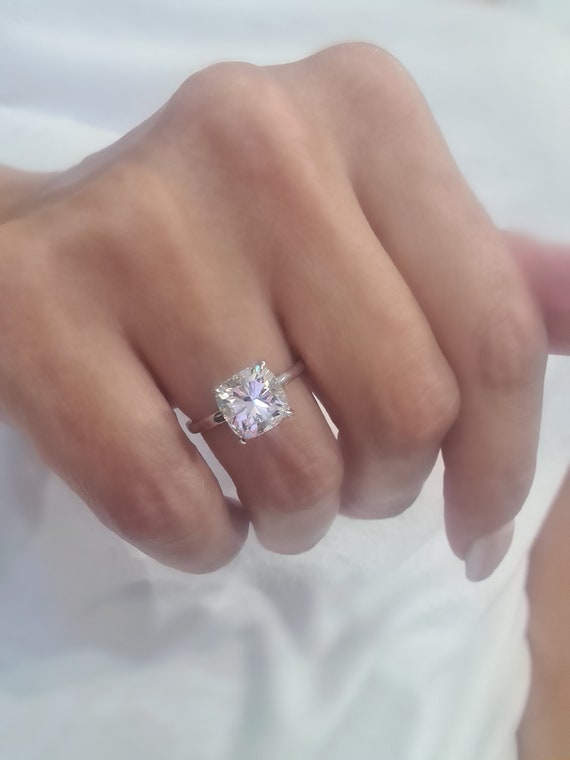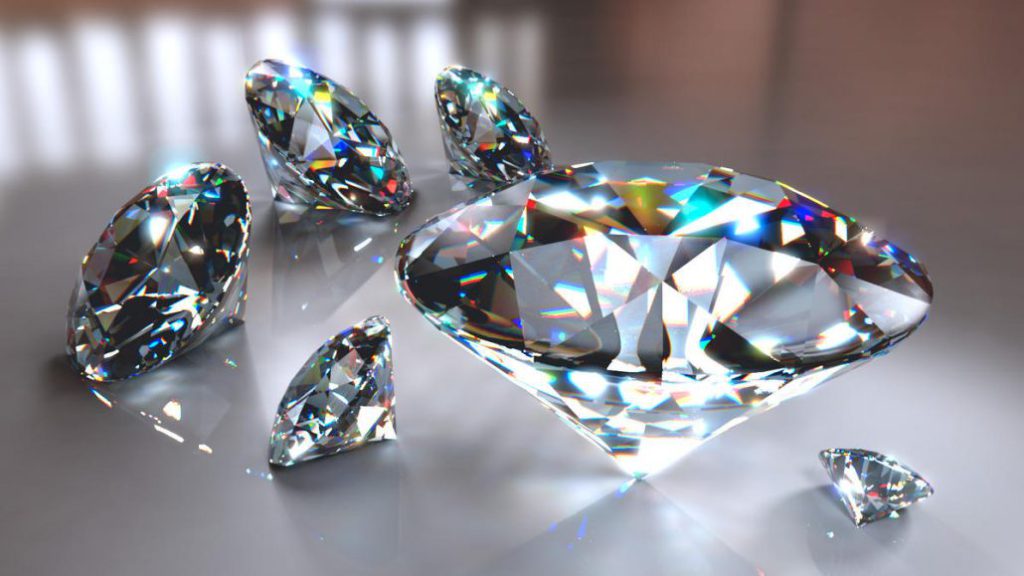The Sparkle of Innovation: Understanding Lab Diamonds
Diamonds have long symbolized luxury, love, and status. Traditionally, they were extracted from the earth through mining—a process associated with high costs and environmental concerns. However, the diamond industry is undergoing a significant shift, particularly in Southeast Asia. In recent years, man made diamonds Malaysia, lab diamonds have gained substantial attention for being a sustainable and affordable alternative to natural stones.
Lab diamonds, also known as synthetic or cultured diamonds, are produced in controlled environments using cutting-edge technology. Despite being created in laboratories, these diamonds have the same physical, chemical, and optical properties as their mined counterparts. To the naked eye and even under professional equipment, distinguishing between the two is virtually impossible.
The Malaysian Market Embraces Lab-Grown Gems
Malaysia has witnessed a growing demand for lab diamonds as consumers become more conscious of environmental sustainability, ethical sourcing, and price transparency. According to a 2023 report by ResearchAndMarkets, the global lab-grown diamond market is projected to reach over USD 29 billion by 2025. Malaysia, with its rising middle class and tech-savvy consumers, is an emerging hotspot in this booming market.
Jewelry retailers across Kuala Lumpur, Penang, and Johor Bahru are beginning to showcase lab diamonds prominently in their collections. Brands like Zcova and Tailored Jewel offer man made diamonds in Malaysia with full customization, appealing to younger buyers who want something unique, eco-conscious, and cost-effective.
How Are Lab Diamonds Made?
There are two main methods for creating lab diamonds: High Pressure High Temperature (HPHT) and Chemical Vapor Deposition (CVD).
The HPHT method simulates the natural process by which diamonds are formed deep within the earth’s mantle. Carbon is exposed to extremely high pressure and temperatures to form crystals. On the other hand, the CVD method involves breaking down carbon-rich gases in a chamber to deposit carbon atoms onto a diamond seed, gradually forming a crystal layer by layer.
Both methods result in real diamonds—not imitations or simulants like cubic zirconia or moissanite. These diamonds are certified by gemological institutes such as IGI (International Gemological Institute) or GIA (Gemological Institute of America), providing assurance to consumers about their authenticity and quality.
The Advantages of Man Made Diamonds in Malaysia
One of the most appealing benefits of man made diamonds Malaysia, lab diamonds is the price. On average, lab diamonds cost 30% to 50% less than mined diamonds of similar quality. This affordability allows consumers to choose larger or higher-quality stones within their budget.
Moreover, lab diamonds offer a cleaner environmental footprint. Traditional mining disrupts ecosystems, consumes enormous amounts of water, and contributes to carbon emissions. In contrast, lab-created diamonds are manufactured with significantly less environmental impact. Some facilities even operate using renewable energy sources, pushing the industry closer to sustainability.
Ethical concerns also play a significant role. Mined diamonds have historically been linked to conflict zones and exploitative labor practices. Lab diamonds eliminate these issues by ensuring transparency and traceability in production.
A Cultural Shift: Changing Preferences Among Malaysian Consumers
The younger generation in Malaysia is driving the shift toward lab diamonds. Millennials and Gen Z shoppers prioritize ethical sourcing and environmental consciousness. This shift is not just ideological—it’s also practical. With marriage rates declining and wedding costs increasing, couples are looking for ways to celebrate love without breaking the bank.
Social media influencers and celebrities have also helped popularize lab diamonds. For instance, global stars like Emma Watson and Meghan Markle have worn lab-grown diamond jewelry, signaling its entrance into the mainstream. In Malaysia, influencers like Jane Chuck and Syed Saddiq have posted about sustainable fashion and ethical consumerism, helping raise awareness among their followers.
Quality and Customization Options
Consumers often worry that lab diamonds may compromise on quality, but this couldn’t be further from the truth. Lab diamonds undergo the same rigorous grading system as mined diamonds, based on the 4Cs: Cut, Clarity, Color, and Carat.
In fact, the controlled environment of a lab allows for the production of diamonds with fewer impurities and better color consistency. Retailers in Malaysia offer customization tools that allow buyers to choose their diamond’s shape, size, and setting—creating a personalized piece of jewelry that rivals, if not surpasses, traditional offerings.
Case Study: A Malaysian Couple’s Choice for Lab Diamonds
To illustrate the growing acceptance of lab diamonds, consider the story of Amir and Aisha, a young couple from Kuala Lumpur. When shopping for engagement rings, they stumbled upon lab-created diamonds at a local jeweler. Impressed by the price and ethical production, they chose a stunning 1.5-carat round cut lab diamond ring.
They were able to allocate more of their budget to their honeymoon while still enjoying a high-quality piece of jewelry that matched their values. “We felt good knowing our diamond didn’t come from a conflict zone or harm the environment,” Aisha explained. “And no one could tell the difference—it sparkled just the same!”
Challenges and Misconceptions
Despite the rise in popularity, there are still misconceptions surrounding lab diamonds. Some believe they are fake or lack resale value. While resale prices for both mined and lab diamonds have always been lower than retail, the latter are gradually finding a place in the second-hand luxury market. Platforms like 1stDibs and Ada Diamonds are beginning to feature resale options, suggesting a shifting mindset in the industry.
Education is key to overcoming skepticism. Retailers in Malaysia are actively working to inform customers through online content, in-store consultations, and diamond certification transparency. As more people become aware of the technology and ethics behind lab diamonds, trust continues to grow.
The Future of Lab Diamonds in Malaysia
The future looks bright for man made diamonds Malaysia, lab diamonds. As technological advancements continue to improve production efficiency and reduce costs, the availability and variety of lab diamonds will expand. Malaysia’s jewelry market is set to see continued growth in this segment, driven by younger consumers, digital platforms, and increased global awareness.
Educational campaigns and celebrity endorsements will further normalize lab diamonds as a luxury product that aligns with modern values. As more Malaysians prioritize sustainability, transparency, and affordability, lab-grown diamonds will shine even brighter in the national consciousness.
Conclusion: A Sustainable Sparkle for the Future
The emergence of man made diamonds Malaysia, lab diamonds marks a transformative moment in the world of fine jewelry. No longer seen as a niche or budget alternative, lab diamonds are redefining what it means to wear a symbol of love and commitment. With the Malaysian market embracing this trend, the future of diamonds is not just brilliant—it’s also ethical, sustainable, and beautifully affordable.



